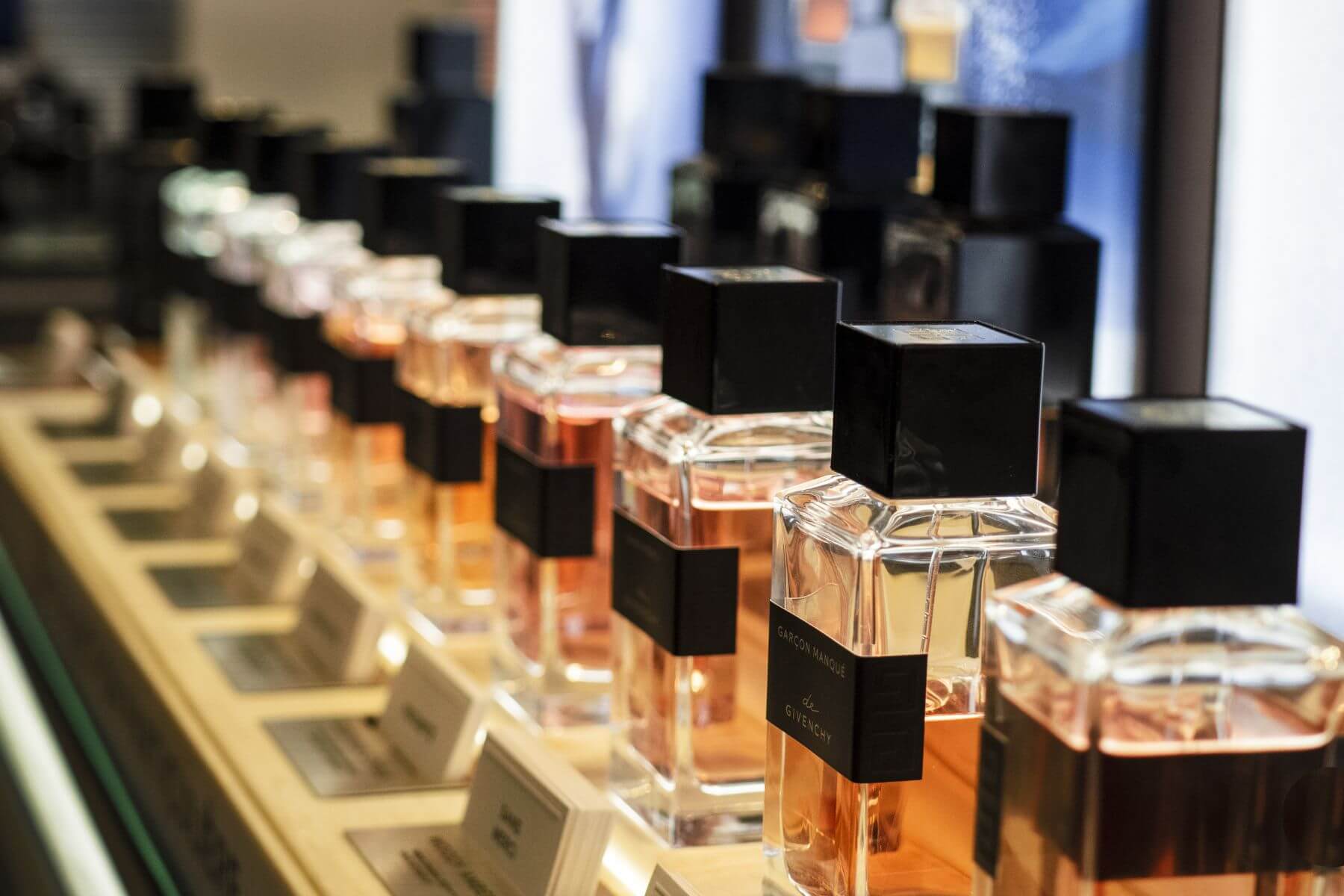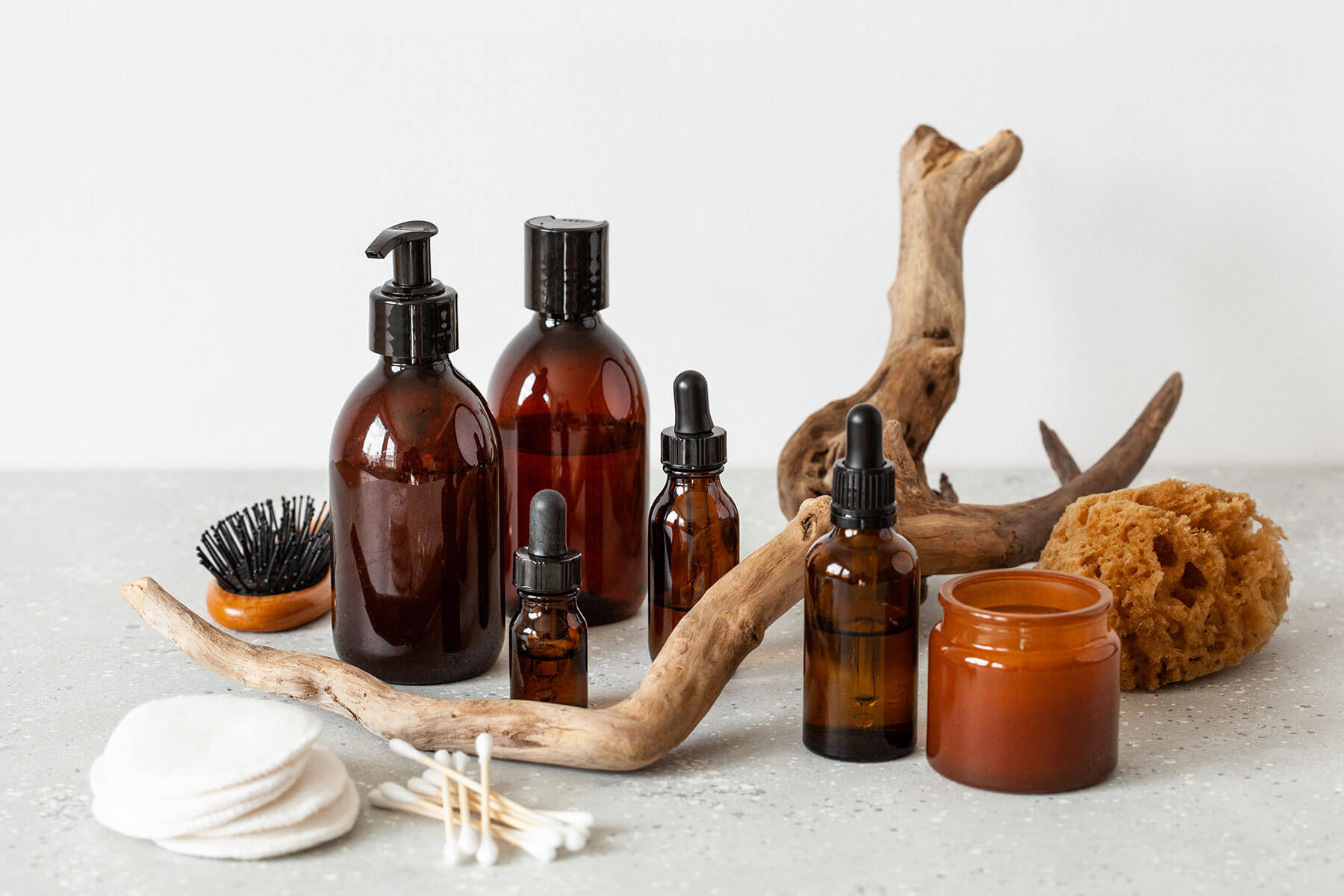In an industry as innovative and inspiring as beauty, it can be hard to predict the future. If we’ve learnt anything in the past two years, it’s that brands and etailers never fail to astound when it comes to exploring new ways to engage with consumers. However, as we head into 2023, five key PR and marketing trends are already emerging, and if they prove one thing, it’s that engagement is more vital than ever in the new year.
Discover the five beauty brand trends you need to know for 2023 – from a metaverse deep dive to a focus on customer communities…
1. Social media and customer service will merge
One of the benefits of brand marketing on social media is the deep connections made with beauty consumers. Through platforms like Instagram, shoppers feel like they have a more tangible link to brands, thanks to comments and private messaging. It’s no surprise then that more and more users are turning to messages for customer care – and in 2023, we expect to see social media become a greater part of customer relationship management (CRM).
Next is one retailer that does this well. When you send them a direct message on Instagram, an auto-response reminds you to share your name and customer number, so your query can be dealt with quicker. Cult Beauty is another store nailing their CRM-meets-social media strategy, delivering fast responses to solve even complex customer enquiries. This level of service has set a new standard for brands on Instagram, one that many are looking to meet in the new year.
2. Brands will prioritise their social responsibility
According to a recent survey by Forbes, 18% of British shoppers now consider sustainability information more important than price, efficacy or the product description when buying a beauty product. It’s statistics like these that are encouraging brands to take a harder look at their values and processes and embrace more eco-conscious practices.
But it’s important that brands don’t treat sustainability as a trend. Due to ‘greenwashing’ – where brands make unsubstantiated claims about being eco-friendly –, Forbes found that a huge 79% of beauty consumers have doubts about the industry's sustainability claims. Being socially responsible is no longer a choice, but a requirement for beauty brands to thrive. However, companies should be able to back up their claims with authentic action.
3. TikTok will continue to grow
The TikTok boom of 2020 signalled more than a passing social media trend. The platform is set to grow even bigger next year, with 56% of marketers planning to increase their investment in 2023. Now, even prestige beauty brands are taking on TikTok’s raw and unfiltered aesthetic, using it as a space to speak to shoppers with a more personal and conversational tone of voice. The brands getting it right are seeing a direct impact on their revenue, with the likes of CeraVe, The Ordinary and Too Faced reporting viral views and soaring sales.
4. Beauty brands will venture deeper into the Metaverse
Beauty’s digital disruptors have already taken a step inside the Metaverse, but they’re set to explore further with thumb-stopping innovations in 2023. This year, we’ve seen a virtual Charlotte Tilbury introduce shoppers to her Beauty Wonderland, which you can be zapped into using a mobile phone QR code. Then there’s Valdé Beauty, who hosted a PR launch for 600 members of the press on the popular Metaverse platform Decentraland. Estée Lauder also debuted on Decentraland with wearable art that gave users’ avatars a dewy glow, inspired by the radiance-boosting effects of their famed Advanced Night Repair.
Only time will tell where the Metaverse takes the beauty industry in the new year, but expect augmented reality (AR) to play a key role in how brands and buyers connect. From interactive games to virtual stores, to NFTs (digital collectables that are like a piece of original artwork), there’s no end to the creative possibilities in one of the world’s most innovative industries.
5. Communities will take precedence over personas
The age-old practice of broadcasting to personas will be replaced with curating communities. Brands should focus less on widespread announcements, and more on encouraging exchange between community members in 2023. Etailers like Sephora do this well by bringing beauty lovers together on their channels, whether through reviews that others can rate as ‘helpful’, product page ‘questions and answers', where they advise one another, or their Instagram feed, where evocative Reels have users tagging their friends. These communities make consumers feel like they’re a part of the etailer or brand they’re engaging with, resulting in greater brand trust and loyalty.
If you haven’t yet, it’s time to start building your own brand community. Engagement is everything in 2023 – so get those conversations started.
Find out more about how mmi Analytics data and reports can help you see the bigger picture - check out our content here.
Up next: This is how to pick your competitive media benchmarks ready for your new year strategy.




